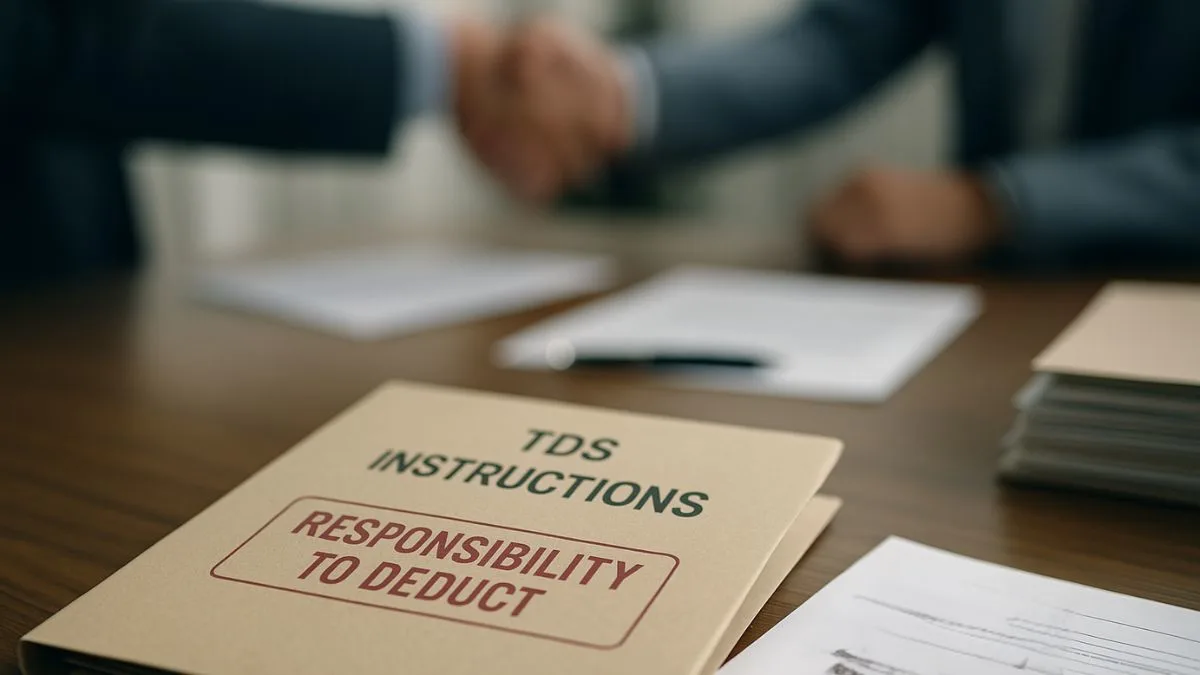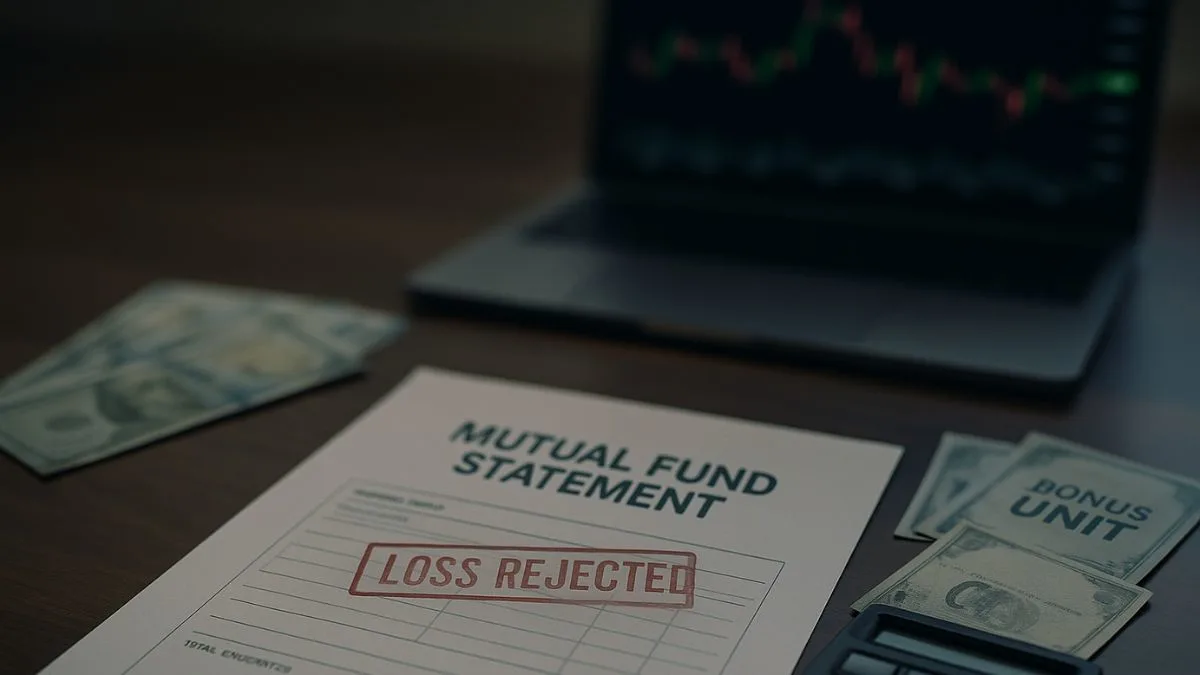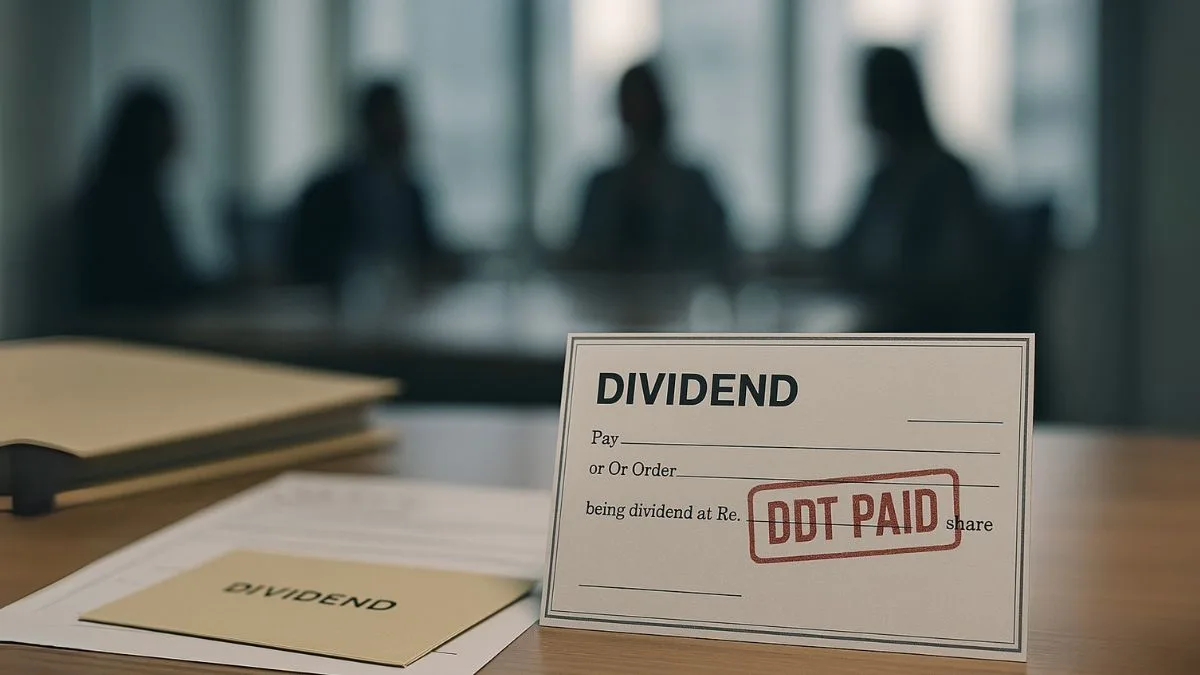
TDS, or Tax Deducted at Source, is one of the most important pillars of India’s income-tax system. It ensures taxes are collected at the very point of income generation — be it salary, rent, interest, commission, or professional fees.
But while most taxpayers know what TDS means, very few actually know who is responsible for deducting it. That’s where Section 204 of Income Tax Act steps in.
This section defines the person responsible for deduction of tax at source and lays the groundwork for compliance. It forms the operational backbone of Chapter XVII-B, which deals entirely with deduction of tax at source.
In short, Section 204 helps the government hold the right party accountable for collecting & remitting TDS — ensuring there’s no gap between income earned and tax collected.
The Legal Definition under Section 204
According to Section 204 of the Income Tax Act, 1961, the term “person responsible for paying” means:
- In the case of payments by a company —
The company itself, including its principal officer, is responsible for deducting TDS before making payment. - In the case of government payments —
The officer designated by the government for this purpose, or if no officer is designated, the head of the department concerned, is treated as the person responsible for TDS deduction." - For payments made by others (individuals, firms, etc.) —
The payer or any authorized person making the payment is liable to deduct TDS under relevant provisions.
Thus, Section 204 clearly defines the line of accountability — ensuring every payer fulfilling a debt obligation knows their duty to deduct tax at the source of payment.
Purpose and Scope of Section 204
The section ensures that tax collection occurs in a decentralized & transparent manner. Its scope extends to:
- Salaries (Section 192)
- Interest payments (Sections 193 & 194A)
- Rent (Section 194-I)
- Contractor payments (Section 194C)
- Dividend income (Section 194 & 194K)
- and many more.
Whenever a deduction of tax at source is required under the law, Section 204 clarifies who must perform that deduction.
In essence, it transfers a part of the tax-collection responsibility from the Income Tax Department to employers, banks, & businesses — making them partners in compliance.
Understanding the Concept of Debt Obligation in Section 204
One subtle but important implication of Section 204 is the recognition of debt obligation.
When a payer owes an amount to a payee (say, salary to an employee or interest to a depositor), that amount becomes a debt obligation. If the law mandates TDS on that payment, the obligation to deduct tax arises the moment the liability is created — even if payment is made later.
For example:
If a company accrues ₹1 lakh in professional fees on 31 March 2025 but pays it in April 2025, the TDS obligation arises on 31 March 2025 itself, since that’s when the debt was recognized.
Hence, Section 204 reinforces the principle that deduction of tax must correspond to the creation of liability, not merely cash disbursement.
Also Read: TDS on Mutual Fund Dividends
Section 204 – A Part of the TDS Compliance Framework
While Section 204 defines who is responsible, other TDS sections define when and how much tax to deduct. Together they form a compliance web.
|
Provision |
Description |
Connection to Section 204 |
|
Section 192 |
TDS on Salaries |
Employer = Person responsible for deduction |
|
Section 194A |
TDS on Interest (other than securities) |
Bank or payer = Responsible person |
|
Section 194C |
TDS on Contractor Payments |
Deductor = Business entity making payment |
|
Section 200 |
Duty to pay TDS to government |
Same person responsible under 204 must remit |
|
Section 204 |
Defines responsibility for deduction of tax at source |
Central definition section |
Thus, Section 204 of Income Tax Act is a cornerstone that ensures accountability at every step of the TDS lifecycle.
Example – How Section 204 Applies in Real Life
Scenario 1 – Company Salary Payment
ABC Ltd. pays ₹1 lakh per month to its employee Mr. Rohit. Under Section 192, the company must deduct TDS as per the salary slab. According to Section 204, the company — through its principal officer — is the person responsible for deduction of tax at source.
If ABC Ltd. fails to deduct or deposit TDS, both the company and its officer can be held liable."
Scenario 2 – Bank Interest Payment
A bank credits interest on a fixed deposit to a customer’s account. Here, under Section 194A, the bank is treated as the person responsible for deduction under Section 204.
Failure to deduct TDS attracts interest, penalty, and prosecution provisions against the responsible bank officials.
Incentivized Tax Rate of 15% – How It Connects
You may have noticed references to a 15% incentivized tax rate under various provisions like Sections 115A & 115AD. Though Section 204 doesn’t directly specify rates, it governs who must apply them.
When income such as interest on certain foreign borrowings or long-term capital gains qualifies for a 15% incentivized tax rate, the person responsible for paying (as per 204) must deduct TDS at that prescribed rate.
For instance, when an Indian company pays interest on external commercial borrowings to a non-resident, it must deduct tax at 15% under Section 115A, and its responsibility is enforced through Section 204.
Hence, while the concessional rate originates elsewhere, Section 204 acts as the enforcement link that ensures the rate is correctly applied at source.
Also Read: TDS on Contractor and Subcontractor Payments
Compliance Responsibilities under Section 204
To comply with TDS provisions effectively, the person responsible must ensure:
- Correct Deduction – Tax should be deducted at the time of credit or payment, whichever is earlier.
- Timely Deposit – The deducted amount must be remitted to the government within prescribed deadlines (7th of next month in most cases).
- Accurate Reporting – Deductors must file quarterly TDS returns (Form 24Q, 26Q, 27Q etc.).
- Issue of TDS Certificates – Form 16 or 16A must be issued to deductees for tax credit.
- Record Maintenance – Proper books & TAN registration must be maintained.
Any default in these obligations — like delay, non-deduction, or wrong reporting — attracts penalties under Sections 201 & 271C, besides interest under Section 201(1A).
Practical Interpretation – Who Exactly Is Responsible?
|
Type of Payer |
Person Responsible (under Section 204) |
Common TDS Payments |
|
Central / State Government |
Treasury Officer / Designated Official |
Salary, contract payments |
|
Private Company |
Company / Principal Officer |
Salary, commission, rent |
|
Partnership Firm |
Managing Partner / Authorised Partner |
Professional fees, contractor payments |
|
Individual or HUF in business |
Owner / Karta / Authorised Agent |
Rent, interest, consultancy |
|
Non-Resident Payer |
Representative in India (u/s 163) |
Royalty, technical fees |
|
Local Authority / Trust |
Chief Executive Officer / Trustee |
Salary or contract services |
Penalty Implications for Non-Compliance
Failure to comply with Section 204 obligations can have serious financial & legal consequences:
- Interest u/s 201(1A): 1% per month for non-deduction; 1.5% per month for non-remittance.
- Penalty u/s 271C: Equal to the amount of tax not deducted or paid.
- Prosecution u/s 276B: Rigorous imprisonment from 3 months to 7 years plus fine for willful default.
Therefore, understanding who bears responsibility under Section 204 is not just academic — it directly protects entities from liability.
Illustration – Debt Obligation and Timing of Deduction
Suppose ABC Enterprises hires a consultant for ₹5 lakh in March 2025, but the payment is made in April 2025.
- The moment the liability is booked (March 2025), a debt obligation arises."
- As per Section 204 read with Section 194J, ABC must deduct TDS at 10% in March itself.
- Failure to do so makes ABC the defaulting “person responsible for deduction of tax at source.”
This illustrates how the law links timing, liability, & responsibility to ensure continuous tax collection.
Also Read: Interest on Late Payment of TDS
Why Section 204 Matters in Today’s Tax Ecosystem
Post-digitization of TDS systems (TRACES, Form 26AS, AIS etc.), Section 204 has become even more relevant. It anchors accountability amid automation.
Key reasons why it matters today:
- Promotes transparency in financial transactions.
- Ensures every payment is traceable for tax purposes.
- Holds specific persons liable for non-compliance.
- Simplifies identification of defaulting deductors.
In short, Section 204 converts “systemic obligation” into “personal responsibility,” ensuring no tax slippage in India’s massive TDS network.
Recent Developments (As of 2025)
- The Income-tax Department has tightened reporting for TDS defaults through Form 26Q and 26QB.
- New CBDT guidelines mandate monthly reconciliation between books & Form 26AS data.
- Failure to validate TDS credits can trigger automated notices under Section 201.
- Government contracts now specify TDS responsibility clauses explicitly as per Section 204.
Hence, TDS deductors must be careful not only with rates but also with their assigned status as the “person responsible for deduction.”
FAQs on Section 204 of Income Tax Act
Q1. What is Section 204 of Income Tax Act?
It defines the person responsible for deducting tax at source (TDS) under various income categories like salary, interest, rent, or commission.
Q2. Does Section 204 apply to individuals and firms too?
Yes. If an individual or firm makes payments on which TDS is applicable, they become liable to deduct & deposit tax as per Section 204.
Q3. Is there any incentivized tax rate of 15% linked to Section 204?
Indirectly, yes. When TDS is required on income subject to a 15% incentivized tax rate (such as certain foreign interest payments), the person responsible under Section 204 must deduct tax at that rate.
Q4. What if TDS is not deducted or paid on time?
The deductor faces interest, penalty, & even prosecution under Sections 201, 271C, and 276B respectively.
Q5. How does Section 204 relate to TAN and TDS returns?
The same responsible person under Section 204 must apply for a TAN, file TDS returns, & ensure that Form 16/16A is issued accurately to deductees.
Also Read: Tax Haven Transactions Under Scrutiny
Conclusion
Section 204 of Income Tax Act might appear administrative, but it carries tremendous weight in defining accountability. By clearly assigning responsibility for deduction of tax at source, it ensures the government’s tax revenue flows seamlessly while maintaining fairness across taxpayers.
Every employer, banker, or business fulfilling a debt obligation must be aware of its duties under this provision — because ignorance can lead to severe penalties.
👉 Need help managing TDS compliance or responding to tax notices? Visit Callmyca.com today & let our experts handle your deductions, filings, and reconciliations with precision and peace of mind.










